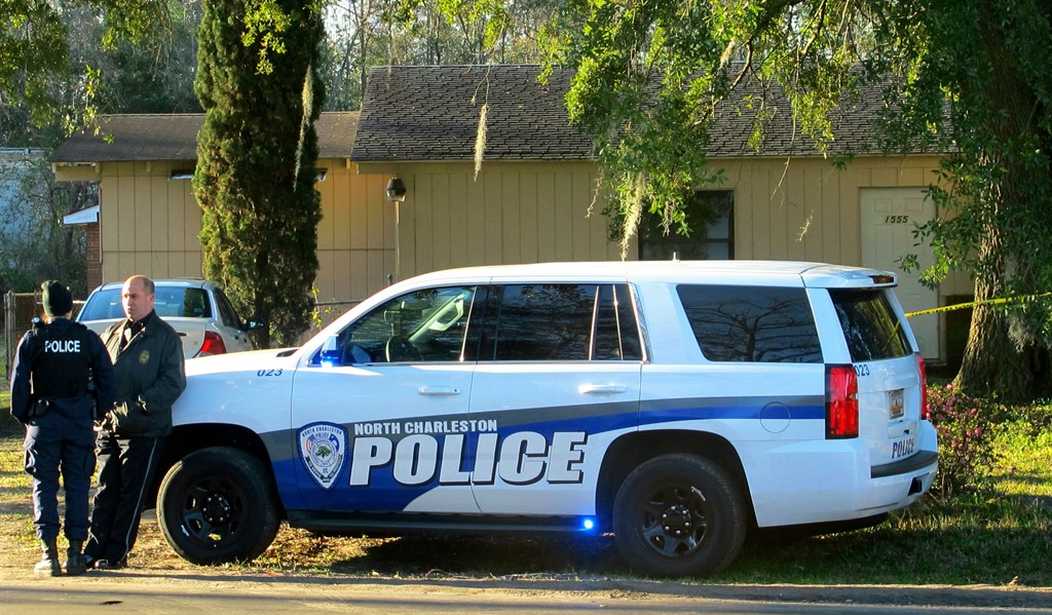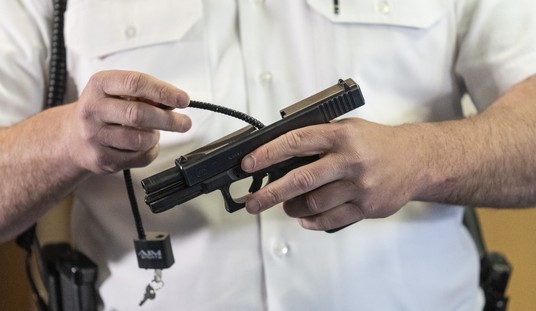From both a constitutional and pragmatic perspective, I'm a firm believer that effective and proven community violence intervention programs are a much better way to reduce violent crime than slapping another gun control law on the books. The key, though, is making sure that those initiatives are actually effective and have some sort of oversight to judge whether or not they're working the way they should. If you don't have transparency and accountability within these programs, then the politicians who are funding them are just throwing away taxpayer dollars.
That appears to have been the case in North Charleston, South Carolina, where city leaders handed over $1.3 million in funds to thirteen nonprofits in December of 2022 intending to reduce crime in the city. But an investigation by the Post & Courier newspaper discovered that "after doling out the cash, officials kept few tabs on where the money went or what was accomplished."
The failures weren't just on the back end, either. According to the paper, "officials’ failure to closely monitor the program bred disorganization from the start".
City leaders didn’t diligently vet the groups or provide financial training before handing each a $100,000 check. Taxpayer dollars went to fledgling groups with little experience handling large grants. Some had never dealt with contributions exceeding a few thousand dollars. Two groups weren’t registered charities. And some have missions experts said aren’t likely to lower shootings in the short term.
...
City Council awarded every group the same amount of money — even one that asked for $32,000. They walked away with all of that cash upfront due to a mistake by the city finance director. His error upended a plan to dole out funds in installments after the city assessed groups’ progress on promised initiatives.
The money funded a variety of efforts. One nonprofit ramped up counseling sessions. Another created an animated series that teaches children how to manage their emotions. Three organizations banded together to host a six-week summer camp.
But officials couldn’t have known that. Some City Council members never received the progress reports the groups were required to submit. Police officers didn’t thoroughly read them. Officers did, however, have close contact with at least two grant recipients whom they called upon to help defuse tension after violence.
Did violent crime drop in North Charleston last year? Yes, although the decline was decidedly modest; 134 shootings in 2022 versus 126 in 2023, and 29 homicides last year compared to 32 in 2022. As the Post & Courier investigation shows, however, it's impossible to know what kind of impact these thirteen nonprofits had on the crime rate because none of their initiatives were monitored or evaluated on an ongoing basis. North Charleston's police chief, meanwhile, credits targeted deterrence strategies for the slight improvement in the city's crime stats.
Instead of casting a wide net and capturing people who may not be involved in specific crimes — say, employing a mass traffic stop — the department is instead focusing its resources on “going after” the people they know are causing problems in the community, Gomes said.
Research shows a very small group of very violent offenders are responsible for the majority of crime that’s committed in communities, according to Wendy Regoeczi, the USC department chair and professor who studies homicides and violent crime.
So focusing on a small group of repeat offenders can effectively reduce crime, she said. That’s why it’s also important to solve homicides, arresting those who are alleged to be responsible.
The gold standard of community violence intervention programs, at least in my book, are initiatives like Operation Ceasefire, which couple that targeted deterrence approach by law enforcement with community programs that help those at high risk of committing and being the victims of violent crime to chart a new path in life through GED programs, job training, mental health counseling, and other services. Those who don't take advantage of the opportunities given to them face the prospect of having their cases referred to federal court the next time they're arrested, without the possibility of a plea bargain that would spit them back onto the streets after just a brief stay behind bars.
While the city's police department may have adopted that approach, at least for their own activities, several of the nonprofits that were cut six-figure checks by the city were more interested and invested in serving the community as a whole.
At Community Resource Center in Whipper Barony, distributing food, clothing, school supplies and hygiene products is founder Louis Smith’s specialty. His one-year report cites 224 food and supply giveaways in North Charleston, where several neighborhoods are federally designated food deserts.
“Our target audience is the whole community,” Smith said, estimating the people he primarily serves fall between ages 17 and 60.
Those giveaways may very well have been beneficial to recipients, but that doesn't mean that they were even the slightest bit effective at reducing violent crime.
There's no evidence that any of the groups who received grants from the city scammed officials or failed to provide any services. Instead, the issue is that no agency was clearly in charge of administering the grant initiatives or providing oversight over their activities. The groups only had to turn in two reports detailing their work over the course of the year, and according to the newspaper, neither the police nor the city council reviewed them in depth or evaluated their success or failure. As a result, no one has any real idea of what programs, if any, were of any real use in terms of fighting crime.
There's no way to quote every pertinent or interest bit of the Post & Courier investigation, so I'd encourage you to read it for yourself in its entirety. I still believe that community violence intervention strategies coupled with targeted deterrence programs are the best way to reduce violent crime without infringing on our civil rights (including our right to keep and bear arms), but simply throwing money at various nonprofits isn't the way to go about it. There must be a concrete plan of action by these groups, constant evaluation of their efforts, and oversight of how this money is being spent, or else the entire endeavor risks becoming a waste of time, money, and ultimately, human lives.








